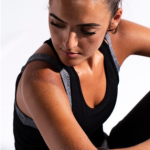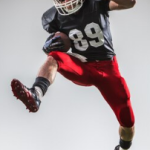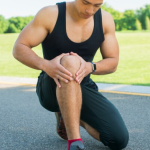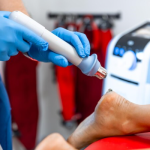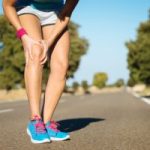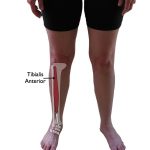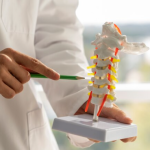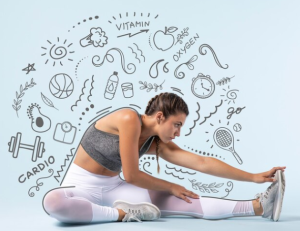 |
Have you decided that you want to become more active, but don’t know where to start? As physiotherapists we are huge advocates of health and are excited for you to make this change! Starting the journey to become more active and increase your fitness is fantastic! Finding an activity and appropriate difficulty at the beginning are essential to making this a lasting habit. Unfortunately, for some people, “traditional” workouts like jogging or lifting weights don’t work for them. Instead, here are some alternative ideas to try for your workout! 1. Incline walking or hiking Hiking is…
Read More

